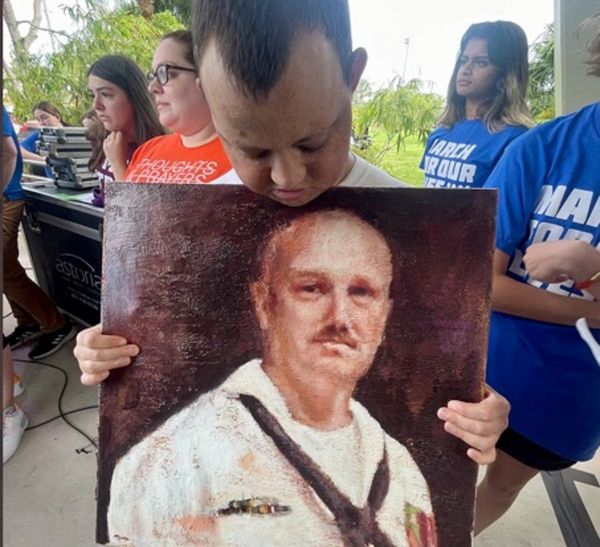Laurie Lico Albanese's "Hester" opens as Isobel Gamble arrives in the port of Salem in the early 1820s, after leaving Scotland. Isobel has a gift for the colors she uses in embroidery and dressmaking, but she has hidden the true extent of her talent: a form of synesthesia that allows her to sense colors in spoken and written language that make her sewing an enchantment to others.
As a small child, her synesthesia glows. "I lived in a world of magic and color then — my mother's voice a sapphire stream flecked with emeralds, my father's a soft caramel. In summer I ran barefoot through the valleys with my cousins and kin and saw their voices rise up in vibrant wisps of yellow and gold. The wind was sometimes fierce pink, and the sound of the waterfall on rocks glistened silver."
But that sense of the world is disrupted when, in mentioning to her mother that letters have colors, her mother berates and hits her. Women who have expressed those kinds of thoughts have been called "crazy" or "witch." Isobel's mother is afraid that such a fate would befall her, and so, Isobel learns to hide her own perceptions.
As "Hester" unspools in Albanese's vivid and emotionally rich novel, Isobel reveals the story of her female ancestor, another Isobel, who was caught up in one of the last gasps of the European witch panics. By the late 17th century, the male intellectual obsession with women's bodies as the conduit for Satan's powers had morphed into other forms of misogyny throughout Europe. But Salem, Mass., would see a final eruption in 1692 that led to the deaths of 25 villagers, 19 of whom were hanged.
In that same Salem, Isobel meets Nat Hathorne, a young man burdened by inherited guilt in a town where descendants of victims and perpetrators are neighbors. The witch trials are not the only legacy Salem has inherited; its role in the Atlantic trade triangle means that local merchants continue to profit from slavery and the Black citizens of Salem live in precarity. The townspeople's sense of their respectability and rectitude covers up a multiple of sins.
Isobel creates a life for herself by embroidering haberdashery and clothing for Salem's elite. In Nat, she finds a kindred spirit, a man driven to write stories about the town's legacy in which ordinary people committed — and continue to commit — abominable acts.
Albanese has written a novel that brings together 17th-century witch trials with the novel for which Hawthorne is most famous. In a culture in which the separation between mind and body is enforced through a strict moral code, acts of violence against others reinforce values assigned to gender, race and poverty, a way of projecting failings onto the bodies of others.
Isobel's synesthesia is a gift as a seamstress, but as Albanese ramps up the tension in a harrowing plot, it becomes evident that her belief in her gift has skewed her sense of others. A world built on visual difference offers us back only our distorted reflections. In order for Isobel to survive, she will have to learn to apprehend what lies beneath the cloth she stitches for others.
____
"Hester"
By: Laurie Lico Albanese.
Publisher: St. Martin's Press, 336 pages, $27.99.
____










